One essential element that often gets overlooked in home decor is the choice of ceiling light fixtures. When chosen well, they can elevate the aesthetics of your space, provide ample illumination, and even contribute to energy savings. Whether you prefer a classic chandelier, a modern pendant, or a minimalist flush mount, the right ceiling light fixture can make a significant difference to your interior design.
Understanding the Purpose of Ceiling Light Fixtures
Before diving into the different styles and types of ceiling light fixtures, it's important to understand their purpose. The primary function of ceiling light fixtures is to provide ambient light, the base layer of lighting in a room. This general lighting helps reduce harsh shadows and eyestrain, creating a comfortable and pleasant environment.
The Role of Ceiling Lights in Layered Lighting
A well-lit room often involves a mix of three types of lighting: ambient, task, and accent lighting.
- Ambient Lighting: This is the primary source of light in a room, often provided by ceiling light fixtures. It sets the overall lighting level of the space.
- Task Lighting: This type of lighting is used to illuminate specific areas where activities such as reading or cooking take place. Examples include floor lamps and under-cabinet lights.
- Accent Lighting: This type of lighting serves to draw attention to specific features or decor elements in a room, like a piece of art or a bookshelf.
By layering these types of lighting, you can create a well-illuminated and aesthetically pleasing space.
Types of Ceiling Light Fixtures
There are several types of ceiling light fixtures, each suitable for different room configurations and design styles.
Flush Mount Lights and Semi-flush Mount Lights
Flush mount ceiling lights are installed directly against the ceiling, leaving no space between the light fixture and the ceiling. On the other hand, semi-flush mount lights have a short stem that creates a gap between the fixture and the ceiling. Both are excellent sources of ambient lighting and work well in rooms with lower ceilings.
Ceiling Pendants and Chandeliers
Ceiling pendants and chandeliers are popular choices for adding a touch of elegance to a room. They hang down from the ceiling, often over a central area like a dining table or a kitchen island. These fixtures are typically suited to rooms with higher ceilings.
Track Lighting
Track lighting is a versatile option that allows you to direct light to specific areas of a room. This type of lighting is excellent for highlighting artwork or architectural features.
Recessed Lighting
Recessed lighting fixtures are installed into the ceiling, providing a sleek and modern look. They are an excellent option for providing ambient lighting in rooms with low or high ceilings.
Selecting the Right Size and Height for Your Ceiling Light Fixture
Choosing the right size and height for your ceiling light fixture is crucial to maintaining balance and proportion in your room.
Determining the Ideal Diameter
To find the ideal diameter for your ceiling light fixture, add the length and width of the room (in feet), and convert the total to inches. For example, for a room that is 12 feet by 15 feet, your light fixture should ideally be around 27 inches in diameter (12 + 15 = 27).
Determining the Ideal Height
For the height of the fixture, start with the height of the room (in feet). Multiply this figure by 2.5 to 3 to get the ideal height in inches. For instance, for a room with a 10-foot ceiling, the light fixture should ideally be between 25 and 30 inches tall (10 x 2.5 = 25 and 10 x 3 = 30).
Considering the Clearance
When installing ceiling light fixtures, ensure there's enough clearance below. Maintain a minimum clearance of 7 feet from the bottom of the light fixture to the floor. This can be adjusted based on whether the fixture is being installed over a table or in a room with a high ceiling.
Figuring Out the Right Amount of Light
The amount of light required in a room depends on its size and function. A simple rule of thumb is to aim for about 20 lumens per square foot for living spaces, and around 30-40 lumens per square foot for task-oriented rooms like kitchens and dining rooms.
Exploring Different Styles of Ceiling Light Fixtures
Ceiling light fixtures come in a wide range of styles, from sleek and modern to vintage and rustic.
Modern Ceiling Lights
Modern ceiling lights often feature clean lines, minimalist designs, and innovative features like integrated LED lights. They can help create a sleek and contemporary look in your space.
Rustic Ceiling Lights
If you prefer a cozy and warm aesthetic, consider rustic ceiling lights. These fixtures often feature natural materials like wood and rattan, and can bring a touch of country charm to your interior.
Traditional Chandeliers
Traditional chandeliers exude timeless elegance and glamour. They often feature ornate designs and crystal accents, making them an eye-catching focal point in any room.
Nautical Ceiling Lights
For a breezy and beachy vibe, consider nautical ceiling lights. These fixtures often feature coastal elements like glass globes and rope details, perfect for seaside homes or those inspired by the ocean.

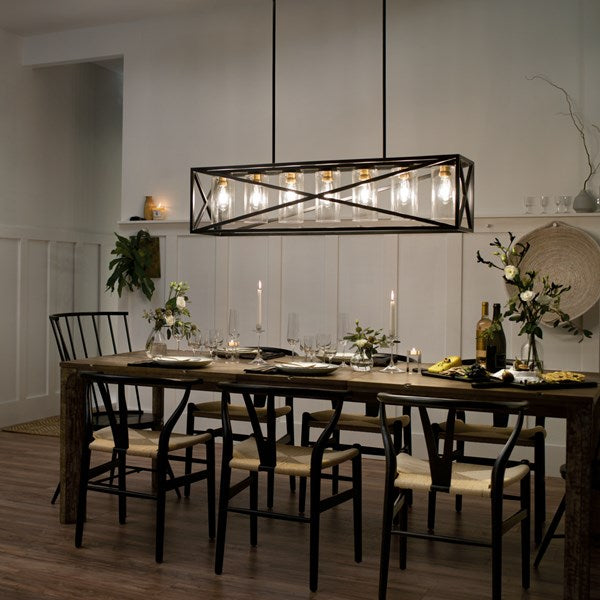
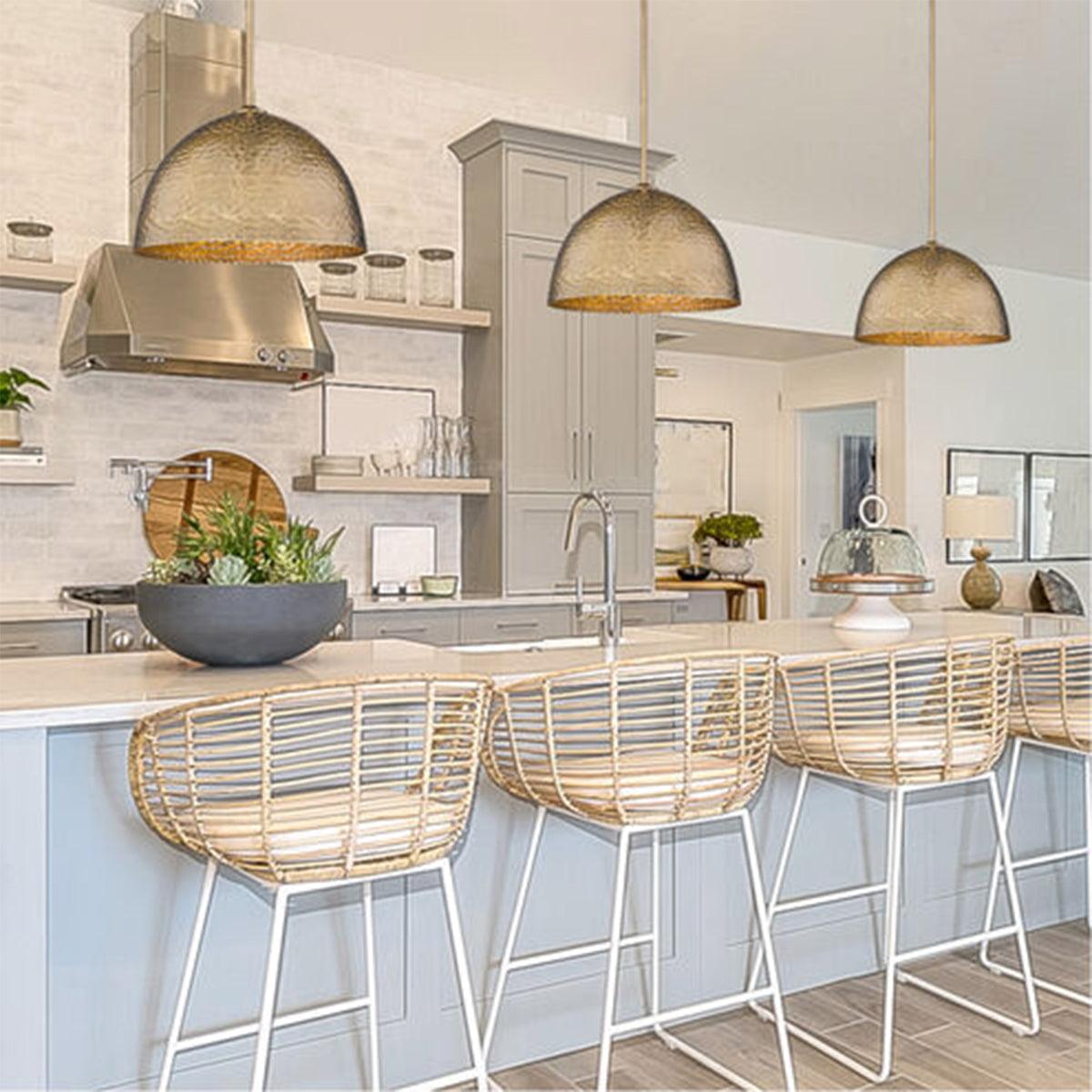
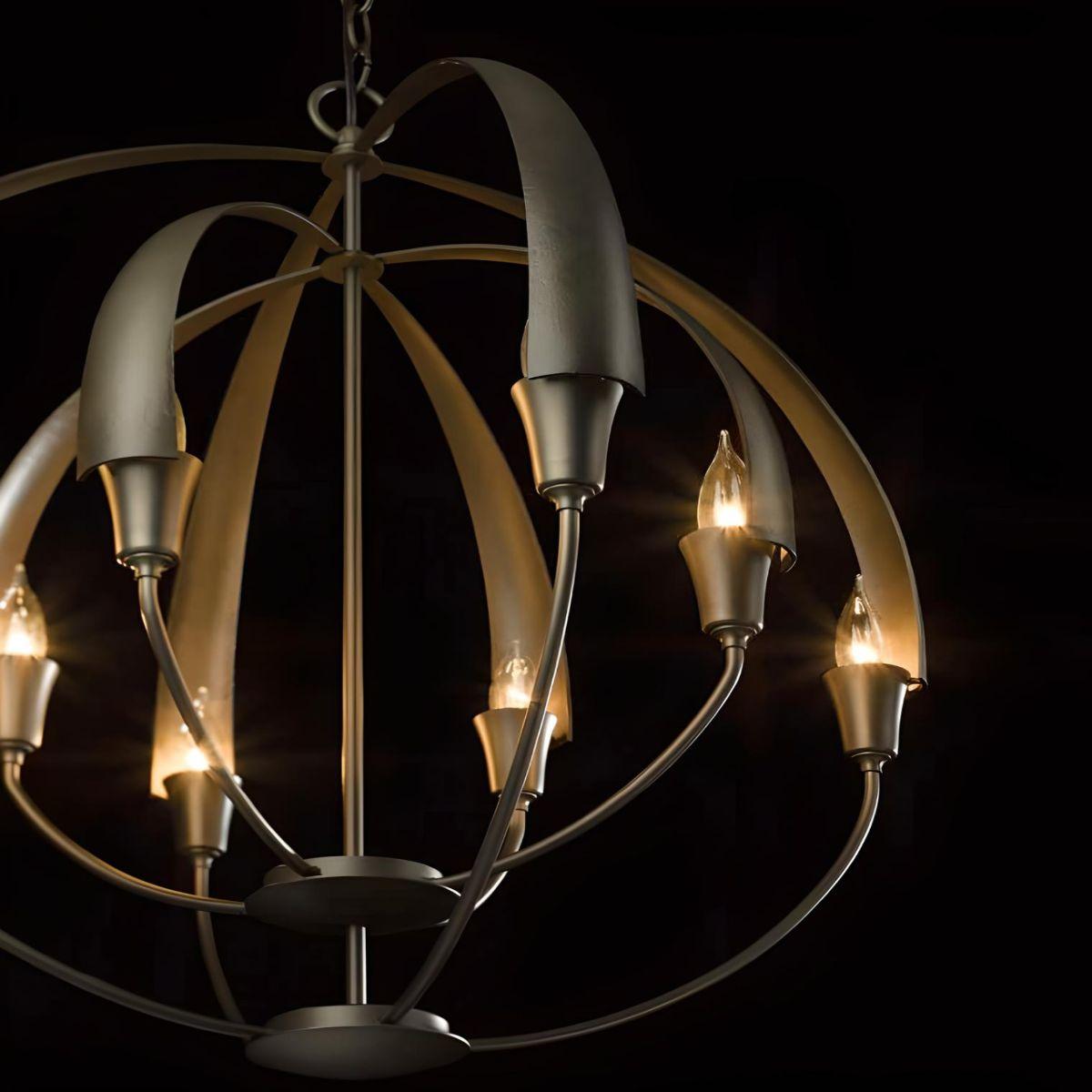
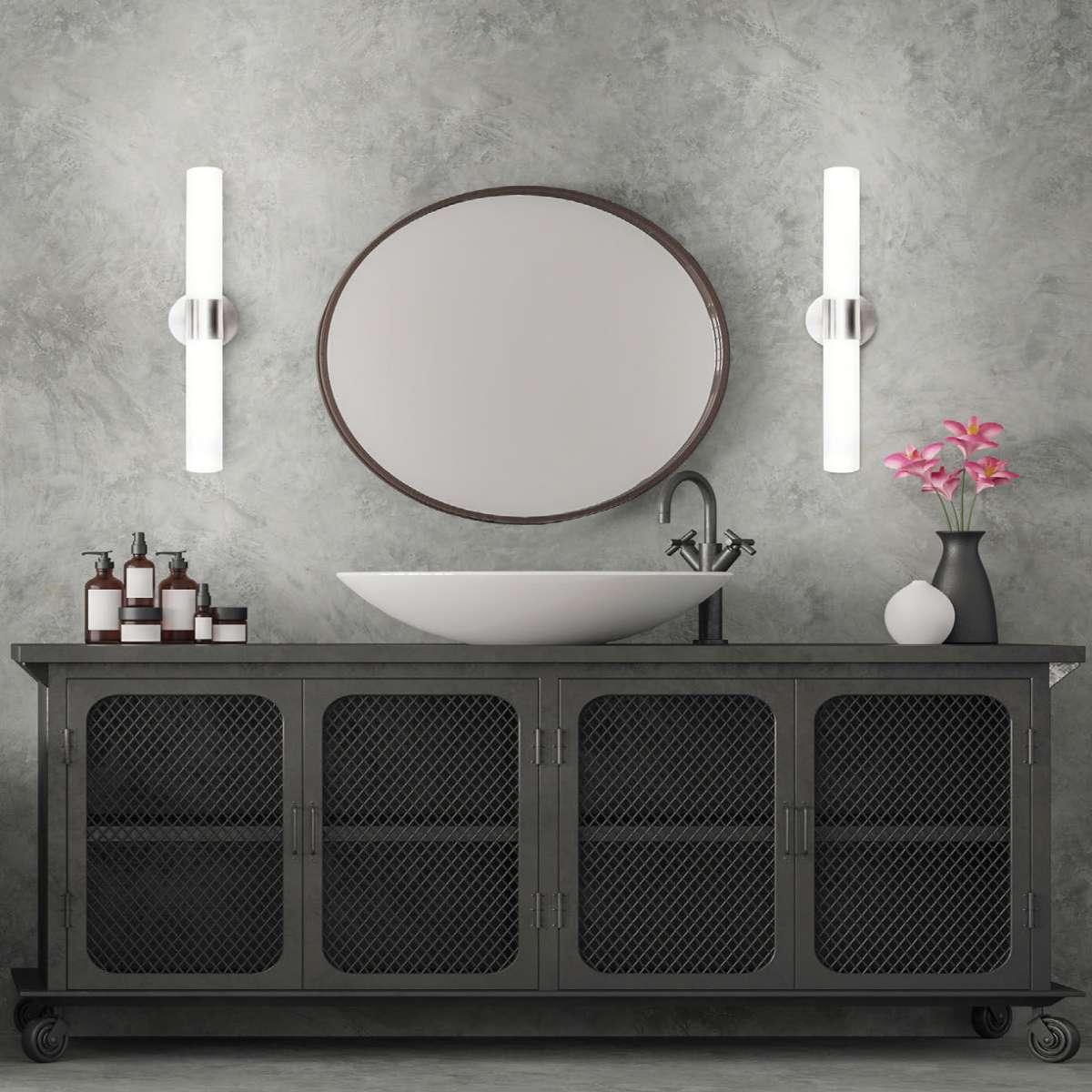
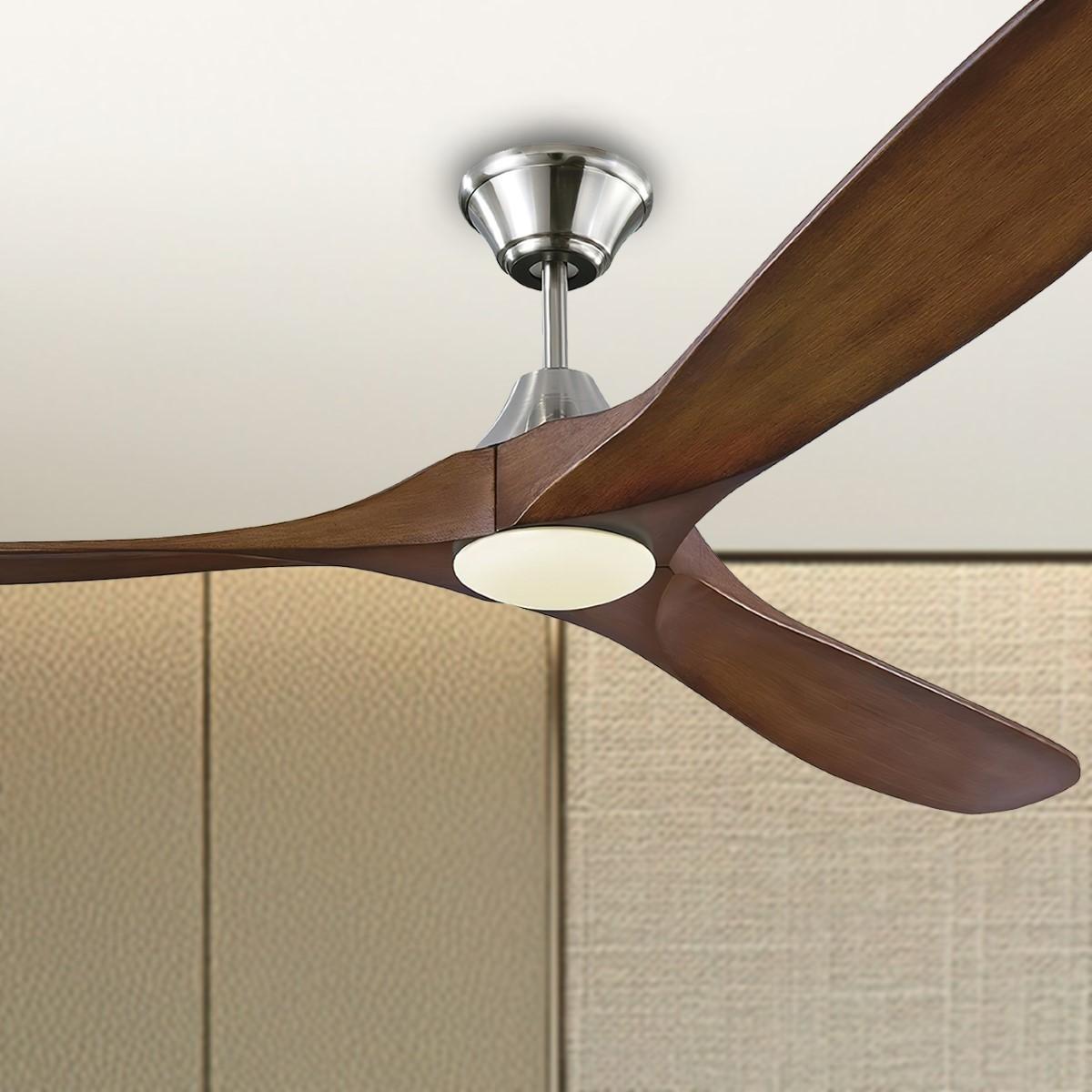
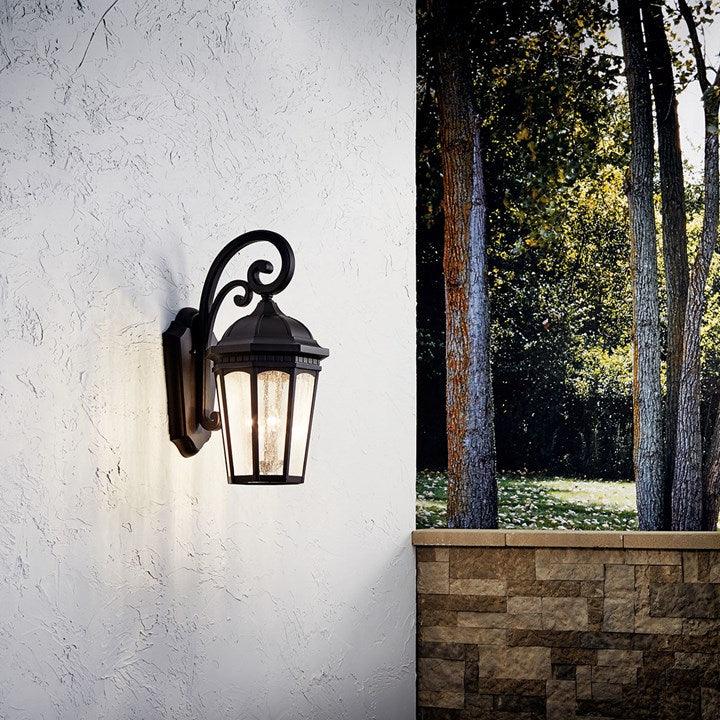

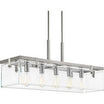
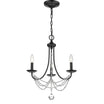

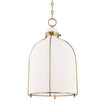
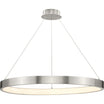
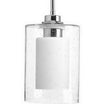
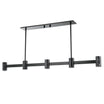
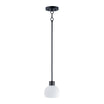
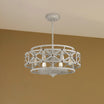
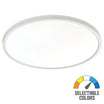
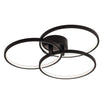
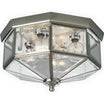
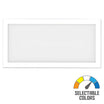
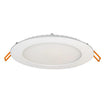
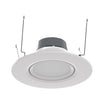
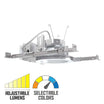
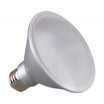
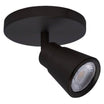
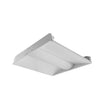
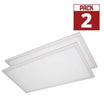
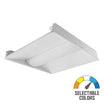
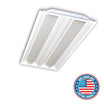
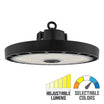
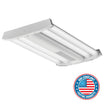
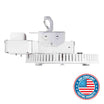
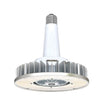
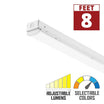
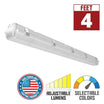
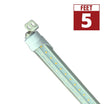


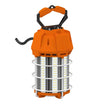
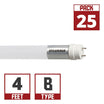
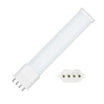
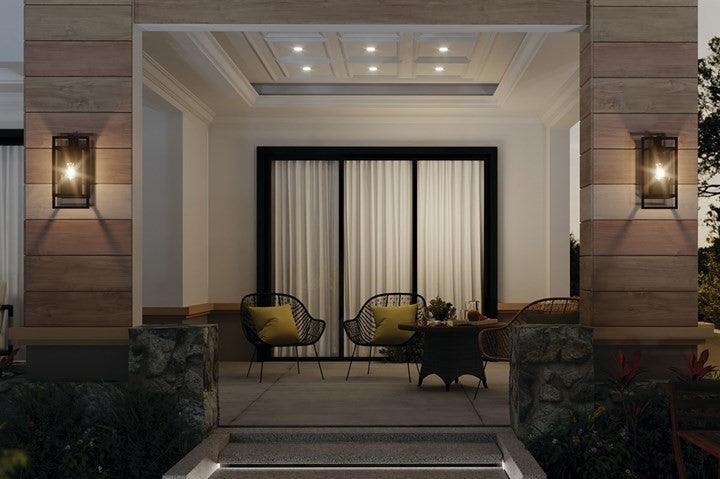

Leave a comment
All comments are moderated before being published.
This site is protected by reCAPTCHA and the Google Privacy Policy and Terms of Service apply.